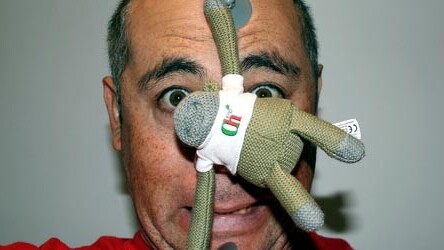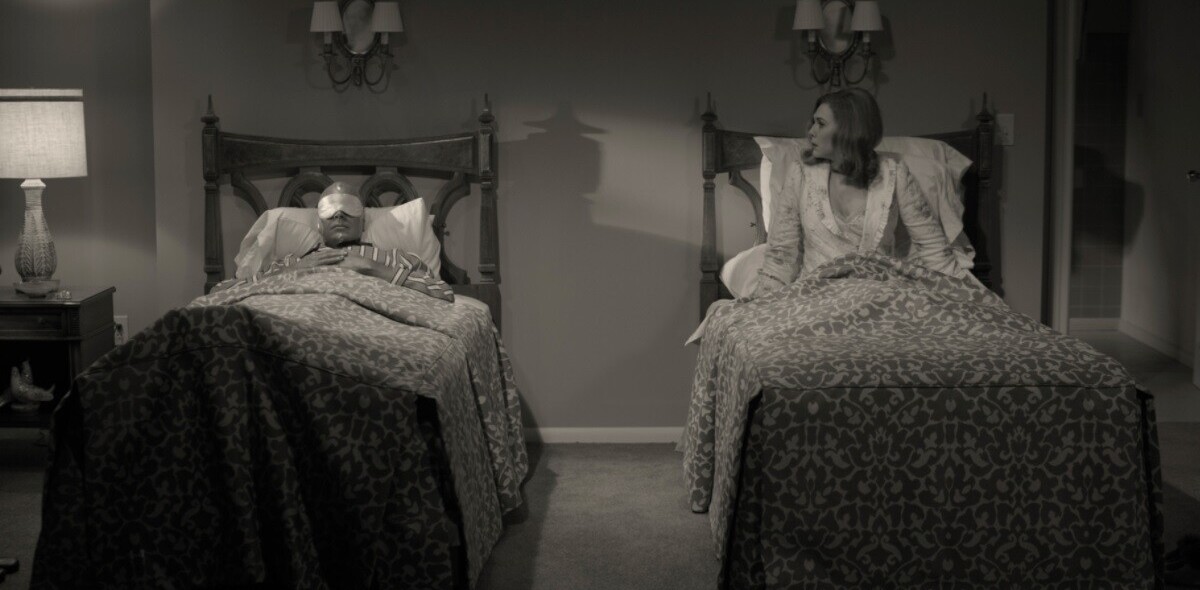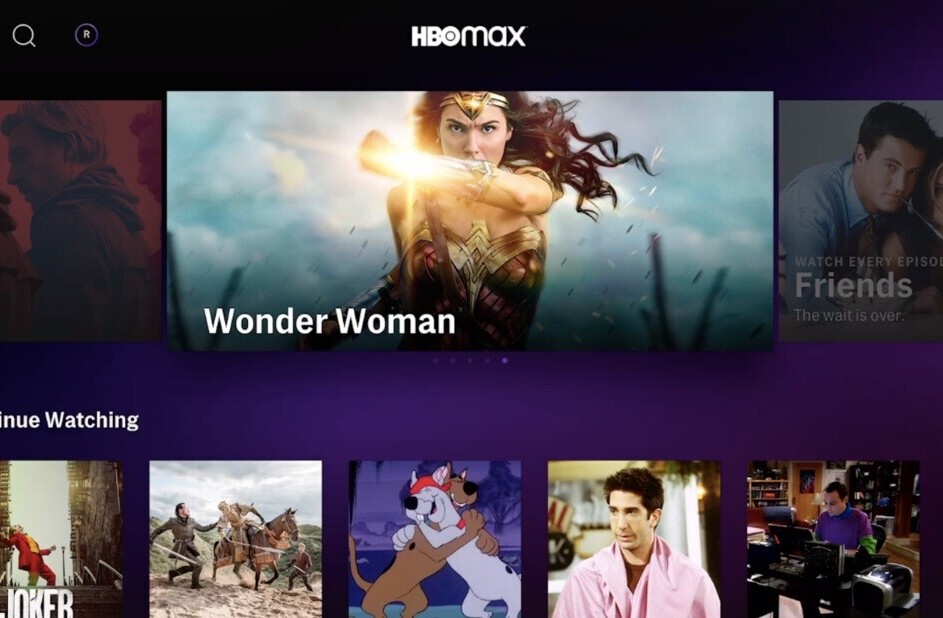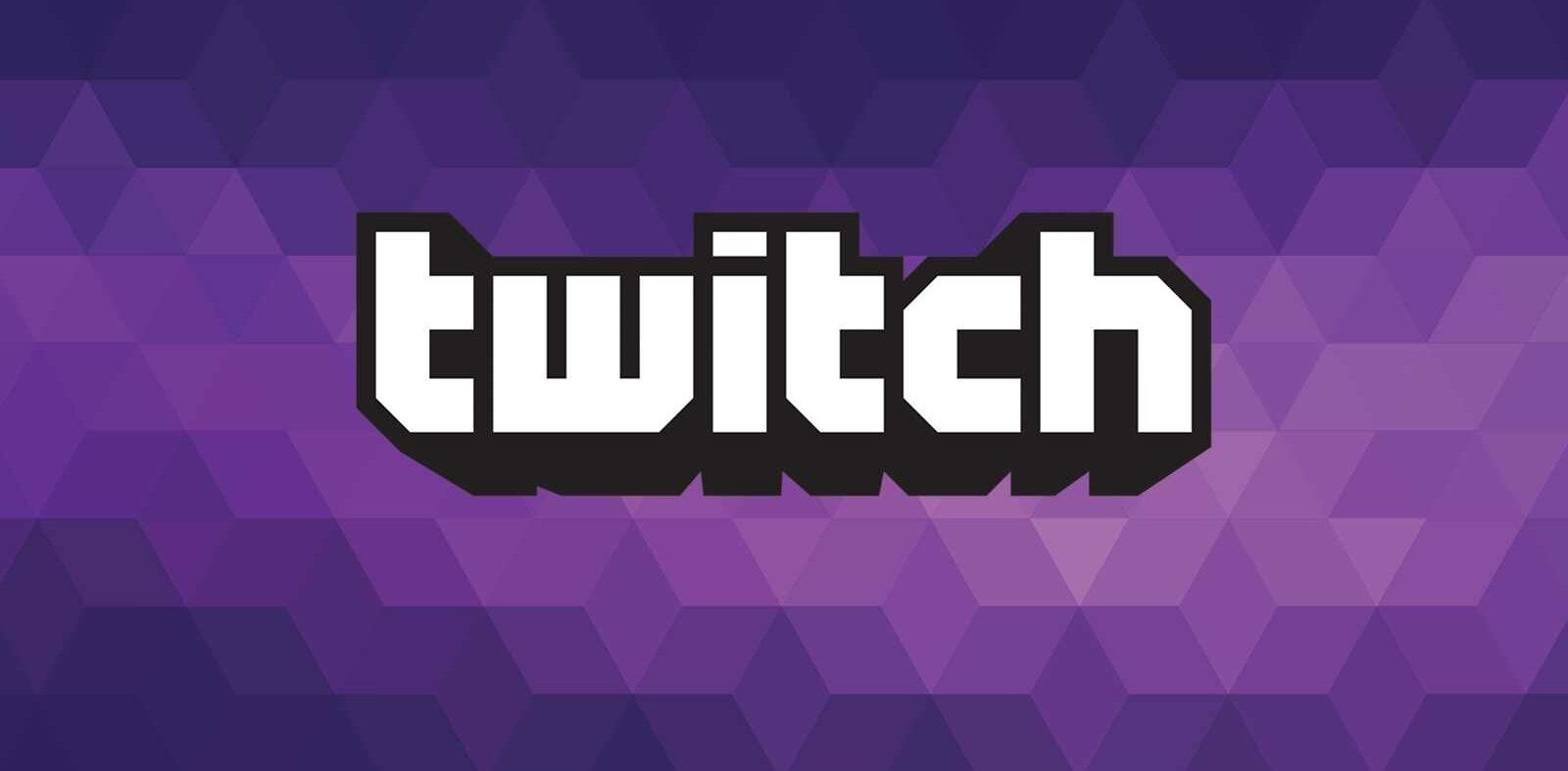
UK Broadcaster Channel 4 is taking advantage of the change in UK legislation to allow product placement in television programming by working with London-based MirriAd to overlay logos on set props for the game show Deal or No Deal.
If you remember, the ban on product placement was lifted in the UK in 2011 so brands can now pay to have their items shown within programming as well as in the ad breaks.
The UK regulator Ofcom says that broadcasters must inform viewers by displaying the letter ‘P’ for three seconds at the start and end of a programme that contains product placement. Product placement is still banned in children’s, current affairs and news programming and the ads must not relate to a number of items including alcohol and tobacco.
Channel 4 will show Unliver‘s PG Tips tea brand on mugs used by the main players in the game show. The logos will appear via digital product placement implemented by MirriAd.
MirriAd rightly points out on its site that many TV viewers see ad breaks as the moment to nip to the loo or go and get a snack. So plenty of money is spent on running advertising to empty living rooms. By inserting logos within programming, the audience is more likely to see the brand, associating the brand with a show they like seems a clever way to reinforce the message.
MirriAd uses a technology called ZoneSense. This lets advertisers place their brands onto existing content. The work is done pixel by pixel, replacing existing content so that the images don’t look out of place in the setting. It sounds complicated and laborious, but the company says that the system is automated and therefore doesn’t take so long.
Adding alternative digital media to existing content is not new. The Live Video Insertion System or L-VIS technology has been used in the States from some time. The system can even insert new brands into old television series.
The idea is not without controversy, Michelle M Brown at KCSM makes a clear point about broadcasting integrity using this system, she writes:
During CBS’s 2000 New Year’s Eve telecast from Times Square, L-VIS was used to superimpose the CBS logo on a billboard—a billboard advertising NBC. CBS also blotted out a real billboard for Budweiser and digitally substituted its own logo on One Times Square, the building where the ball drops at midnight. Dan Rather later said it was a “mistake.” Critics charged that by doctoring reality, CBS News compromised its journalistic integrity.
It’s a fair observation but so far UK branding has not gone so far. Before getting hot and bothered that brands are going to start appearing everywhere, consider the film industry where the practice is rife and think about the brands you can name from those movies.
The PG Tips deal will run for three months from August 7th and it is the fifth in a string of high-profile placement deals for both Channel 4 and for Endemol in 2012.
Seeing products on-screen will not seem unnatural before long, after all, we are accustomed to them in our own homes. Hopefully the buy-in for branding will remain at a level where placement appears more natural and not head down the road of programming created with placing products in mind.
Image Credit: law_keven
Get the TNW newsletter
Get the most important tech news in your inbox each week.




